What’s the Buzz
The Bee Healthy Blog
What Are NaSSA Antidepressants?
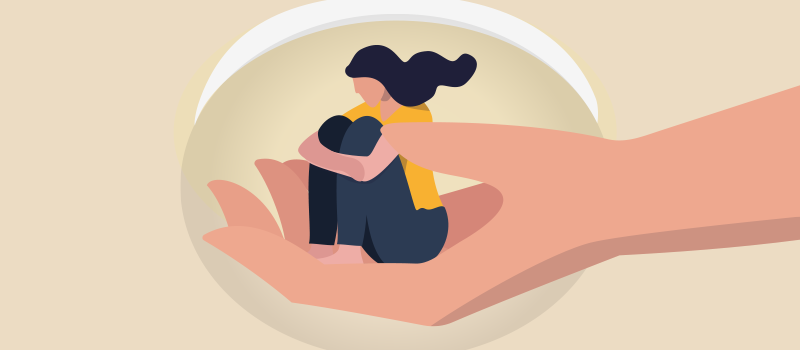
NaSSA (noradrenergic and specific serotonergic antidepressant) is a class of medications that are used to treat depression. Please continue reading to learn more about NaSSA medications and how they compare to other classes of antidepressants.
What are antidepressants?
Antidepressants are psychiatric medications used to treat mental health conditions like major depressive disorder (MDD), generalized anxiety disorder (GAD), obsessive-compulsive disorder (OCD), and post-traumatic stress disorder (PTSD). Some antidepressants are also used to treat neuropathic and chronic pain.
Scientists and doctors do not fully understand how antidepressants work. However, it is believed they improve mood by increasing the availability of different neurotransmitters (brain chemical messengers) such as serotonin, dopamine, and norepinephrine in the synaptic cleft—this is the space between two nerve cells in the brain that is used to send signals.
There are different types of antidepressants, and they work in slightly different ways. Therefore, some people might benefit more from one type of antidepressant compared to another.
What are selective serotonin reuptake inhibitors (SSRIs)?
Selective serotonin reuptake inhibitors (SSRIs) are some of the most commonly prescribed antidepressant medications. Examples include fluoxetine (Prozac), sertraline (Zoloft), paroxetine (Paxil), citalopram (Celexa), and escitalopram (Lexapro). Doctors and patients prefer this family of depression medications because they are generally safer and cause fewer side effects.
SSRIs work by blocking the reuptake (reabsorption) of serotonin, thus, increasing its availability in the brain. Serotonin is a chemical messenger that is responsible for the regulation of mood, sleep, and emotions. Increased serotonin activity in the brain leads to elevated mood.
SSRI medicines are available in tablet form; certain SSRIs are available in oral suspension for those with problems swallowing. Keep in mind that it can take 4 to 6 weeks for their beneficial effects to be evident. An SSRI can be used to treat not only depression but also anxiety, panic disorders, OCD, PTSD, and certain eating disorders.
SSRIs’ possible side effects include nausea, vomiting, blurred vision, dizziness, reduced libido, erectile dysfunction, problems with achieving orgasm, and weight loss or weight gain. Many of the side effects of SSRIs are worse at the start of treatment, but they will typically improve as the body gets used to it.
What are SNRIs?
Serotonin and norepinephrine reuptake inhibitors (SNRIs) are different from SSRIs because they act on two neurotransmitters, serotonin and norepinephrine. SNRIs are also known as serotonin and noradrenaline reuptake inhibitors because norepinephrine and noradrenaline are the same neurotransmitters. Examples of SNRIs include duloxetine (Cymbalta), venlafaxine (Effexor XR), levomilnacipran (Fetzima), and desvenlafaxine (Pristiq). Because they prevent the reuptake of two neurotransmitters, SNRIs can treat a wider range of symptoms. Possible side effects of SNRIs include nausea, dry mouth, dizziness, fatigue, loss of appetite, and reduced libido.
What are tricyclic antidepressants (TCAs)?
Tricyclic antidepressants (TCAs) are the oldest antidepressant medications. TCAs work by increasing the amount of norepinephrine and serotonin in the brain while blocking the action of acetylcholine, another neurotransmitter. They are used to treat depression, generalized anxiety disorder (GAD), panic disorders, OCD, PTSD, and chronic nerve pain. Examples include amitriptyline (Elavil) and nortriptyline (Pamelor).
TCAs, which were developed in the 1950s, are not commonly used anymore because they tend to cause more side effects than newer generations of antidepressant medication. Also, an overdose of TCAs can be more dangerous than an overdose of some newer drugs like SSRIs and SNRIs.
Which antidepressants are MAOIs?
Monoamine oxidase inhibitors (MAOIs) antidepressants work by blocking an enzyme called monoamine oxidase. This enzyme is responsible for breaking down the neurotransmitters serotonin, dopamine, and norepinephrine in the brain. These drugs make more of these neurotransmitters available by blocking monoamine oxidase, thus improving the symptoms of depression and low mood.
MAOIs are not used frequently because they can cause serious side effects. There are major drug interactions between MAOIs and other medications, such as certain cold and allergy drugs, certain pain medications, and other antidepressants. MAOIs can also cause dangerous interactions with high-tyramine foods like soy products (soy sauce, miso, and tofu), cured meat, aged cheese, marmite, beer, broad beans, and fava beans. Eating these foods while on MAOI treatment can lead to dangerously high blood pressure with an increased risk of potentially fatal stroke. People with high blood pressure or heart disease should not take MAOI antidepressants.
Doctors reserve MAOIs as the last line of treatment for patients who have not responded to other antidepressants. You need to wait at least 14 days before starting a new antidepressant if you have taken a monoamine oxidase inhibitor recently because MAOIs can stay in the body for about two weeks after the last dose.
What is NaSSA medication?
SSRIs and SNRIs are some of the most commonly prescribed antidepressant medications. However, not everyone can take these medicines. NaSSA (noradrenergic and specific serotonergic antidepressant) has similar effects as SSRIs. An example of NaSSA is mirtazapine (Remeron). Mirtazapine is a good choice in patients who have depression along with anxiety disorders or insomnia.
NaSSAs work by increasing the availability of noradrenaline and serotonin by blocking some serotonin receptors. Like SSRIs, NaSSAs can cause drowsiness, especially at the start of treatment. However, NaSSAs are believed to cause less sexual dysfunction than some of the other antidepressants. Other possible adverse effects of NaSSAs include dizziness, dry mouth, increased appetite, weight gain, and constipation.
Many doctors use noradrenergic and specific serotonergic antidepressants (NaSSAs) like mirtazapine as the last line of treatment when other antidepressants are ineffective or are not tolerated. For example, a NaSSA antidepressant medication may be useful in patients who experience recurrent depression on SSRIs, SNRIs, or those who have sexual dysfunction as a side effect from other medicines.
What is the difference between SSRIs and NaSSAs?
The main difference between SSRIs and NaSSAs is that SSRIs prevent the reabsorption of serotonin and NaSSAs prevent the reabsorption of serotonin and noradrenaline.
NaSSAs may be an option in certain people with depression who are unable to take first-line treatments like SSRIs, SNRIs. NaSSAs and SSRIs have similar side effects for the most part. However, NaSSAs are thought to cause fewer side effects like sexual dysfunction.
Which is the best medicine for treating depression?
There is a wide range of antidepressants available, and each class of drugs works in subtly different ways. Broadly speaking, there is no evidence to suggest that one particular drug class is better than the others. Every person responds differently to different drugs. This means that some people may benefit from a specific antidepressant, while for others it may not work at all. It also means that some medications might cause side effects in one person, while in others they may be well-tolerated.
It is important to discuss the variety of depression treatment options with a mental health professional. It can take some trial and error to find an antidepressant medication that is the most effective for you with minimal side effects. Do not stop taking an antidepressant without talking to your doctor first. Being compliant with doctor and lab appointments during treatment is important so that your doctor can keep an eye on side effects, withdrawal symptoms, and the possibility of changing to a different antidepressant medication if a particular antidepressant class is not working for you. Keep in mind that many people benefit from treatment with a combination of antidepressant medications and therapies like cognitive-behavioral therapy (CBT).
References:

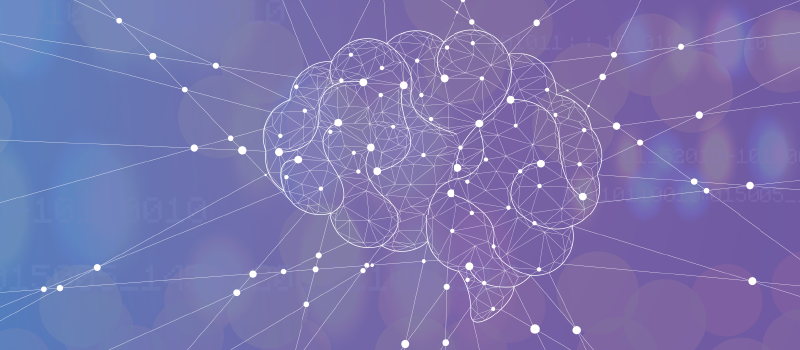
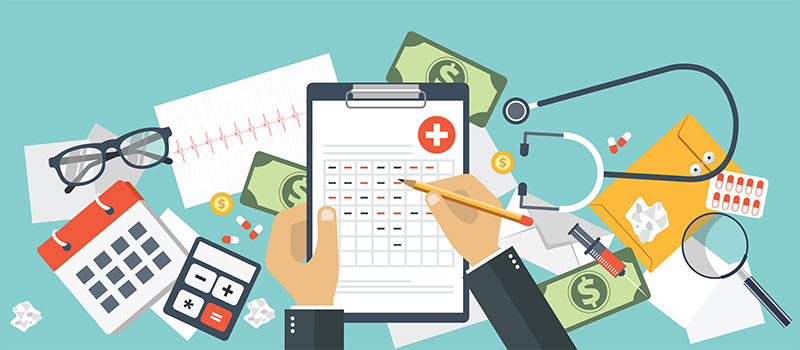
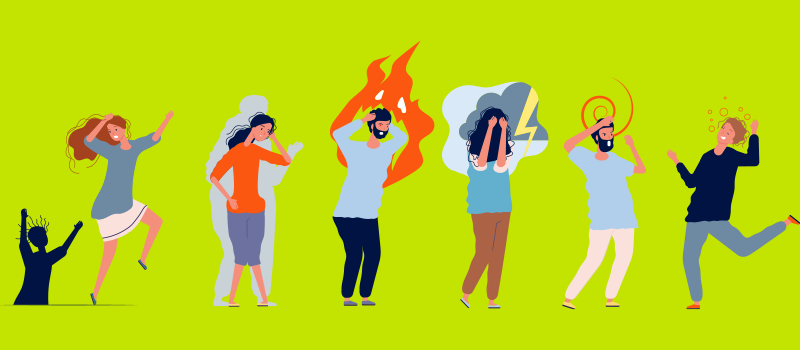

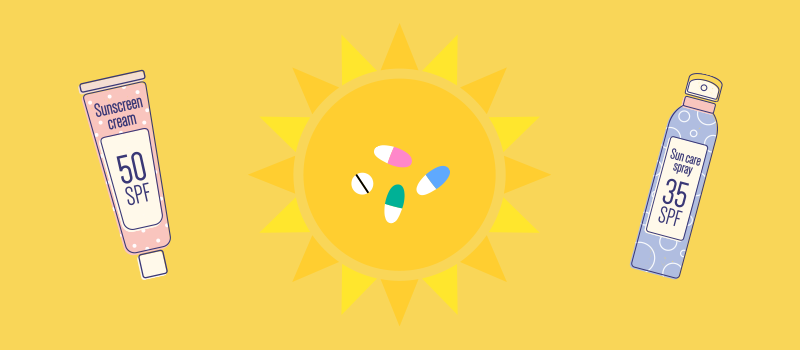
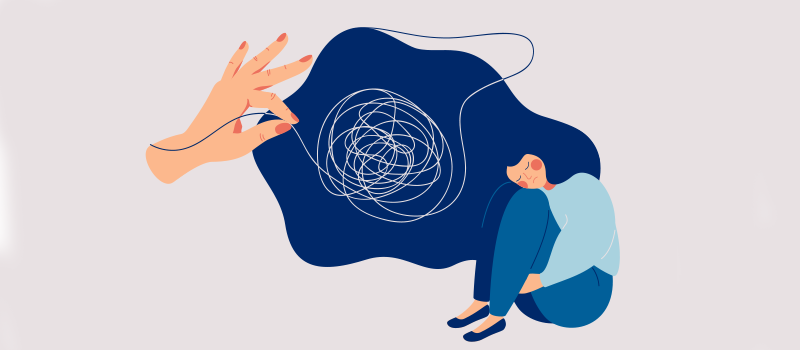
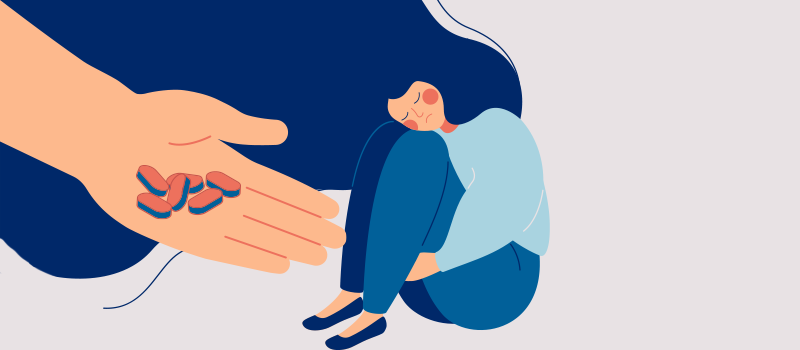
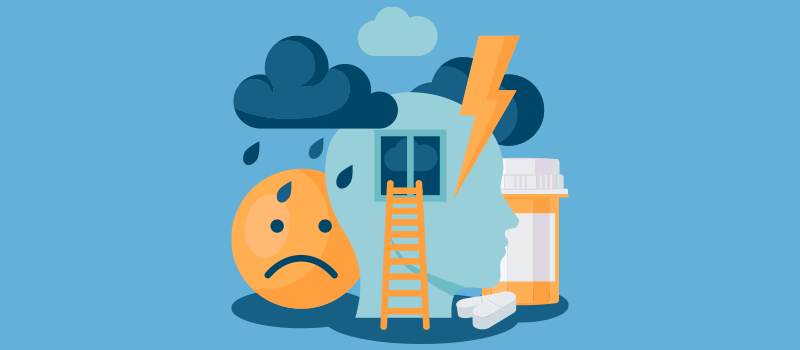


SOCIAL